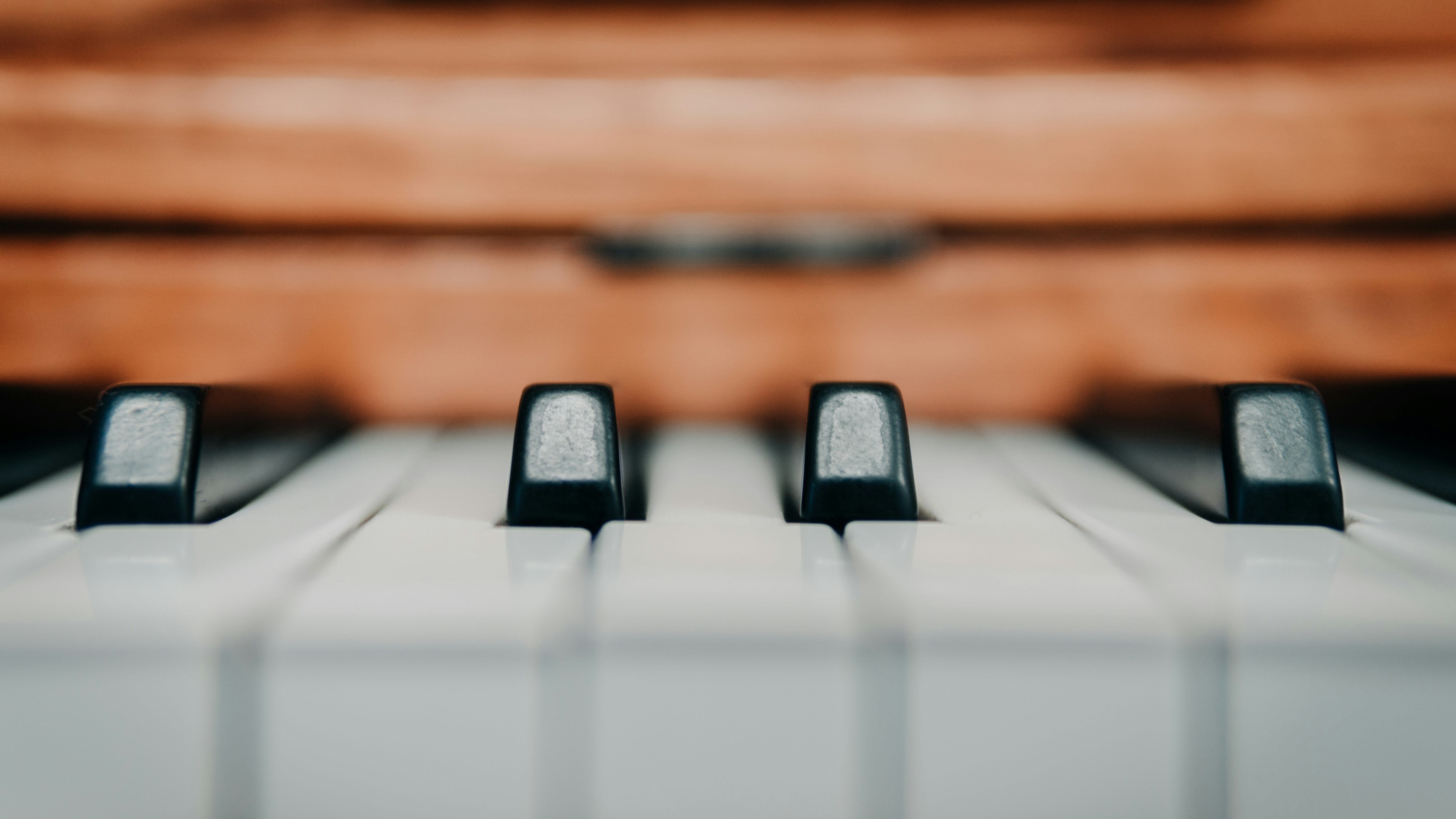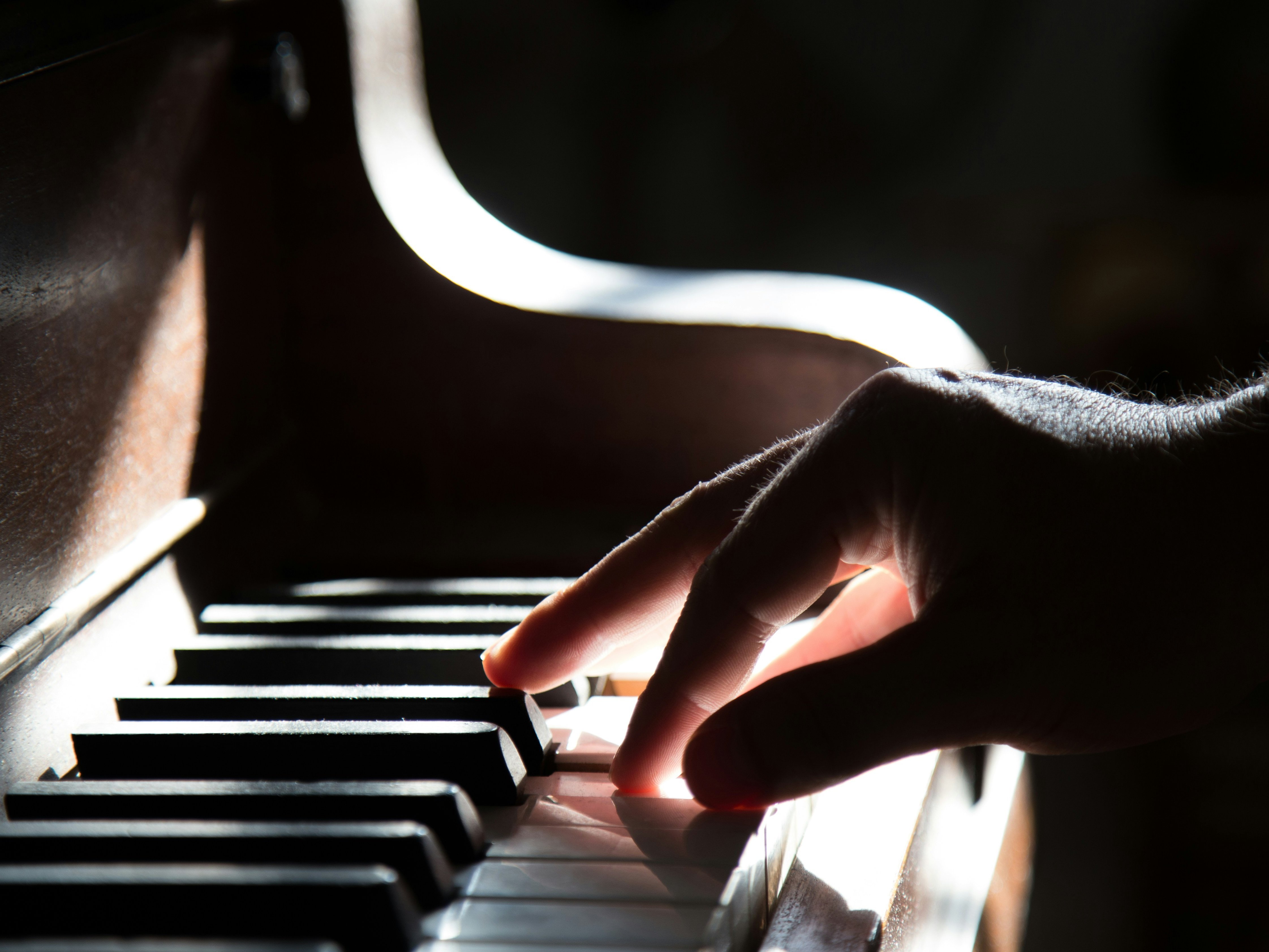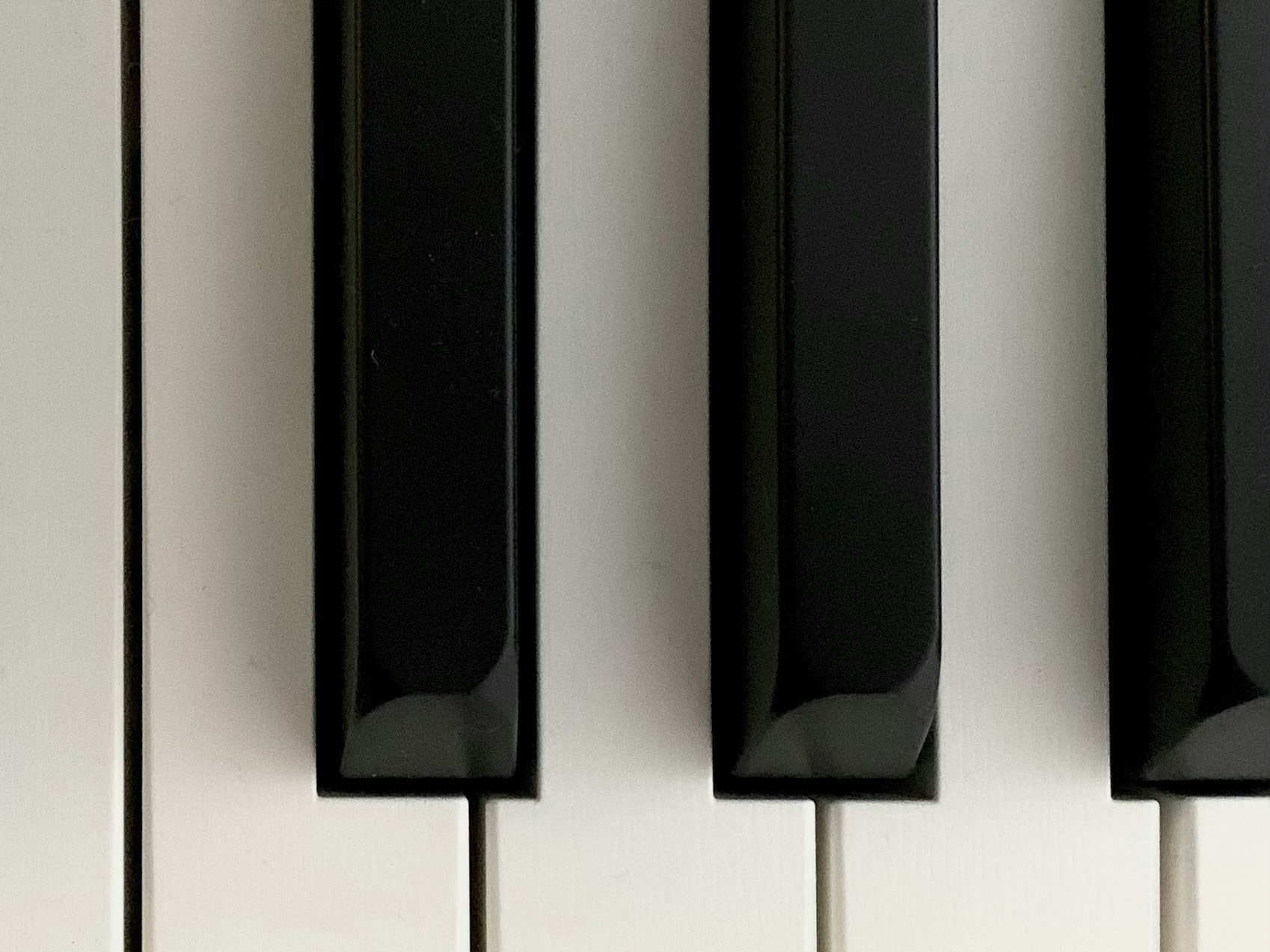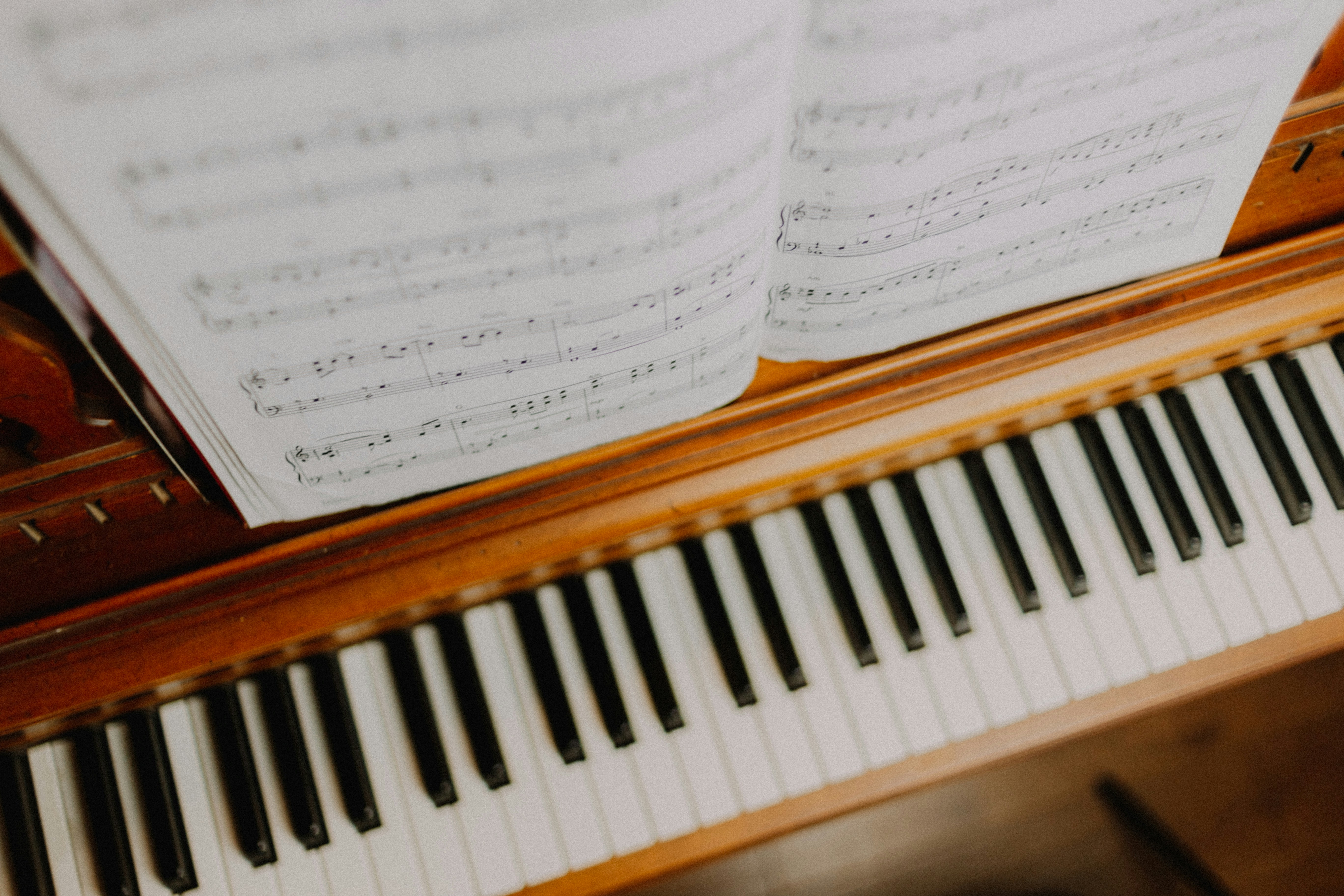
A piano can be so much more than a piano: percussion, noise machine, gamelan orchestra... For the composers of the 20th century, the piano was no longer just an instrument of melody and harmony; they turned it into an experimental laboratory for new sounds. Béla Bartók, Igor Stravinsky and Sergei Prokofiev discovered its percussive qualities and used its rhythmic power. The pianist and his instrument became the rhythmic motor of a composition.
The piano as experimental laboratory
The American composer Henry Cowell had other ideas: he reached with his hands directly onto the piano strings, which he plucked, wiped and scraped. In this way, he elicited quite unusual sounds from the piano. He called this technique string piano. It was further developed by his pupil John Cage, who pulled strips of paper or felt through the strings and stuck screws, bolts, wood as well as erasers of different hardness between the strings. These objects changed their vibrational behaviour. When the pianist touched the keys, the sound of the piano was altered to such an extreme that a whole new tonal world was created. The “prepared piano” was born.
Time-consuming preparation for new sound worlds
John Cage is regarded as the father of the prepared piano. It became an inexhaustible source of discovery for him. He had very precise ideas about sound, which he recorded in detailed descriptions of how the instrument should be set up. For example, in his piece Daughters of the Lonesome Isle, the piano sounds like a gamelan orchestra, an Indonesian instrumental ensemble whose characteristic sound is produced mainly by bronze gongs and metallophones. Cage’s idea set a precedent and was taken up by many contemporary composers. However, simply sitting down and hitting the keys is not possible with works for prepared piano. Preparing the instrument beforehand is quite time-consuming and can take hours.

What is a mazurka?
What the Viennese waltz is to Austria, the mazurka is to Poland: a dance that is inextricably linked to the nation’s identity.

What is an impromptu?
The term comes from the French and means “unprepared”, or “improvised”. Someone performs something quite spontaneously off the cuff.

What is a piano sonata?
Anyone who plays the piano – whether professional or amateur – cannot avoid it: the piano sonata. But what exactly is it?